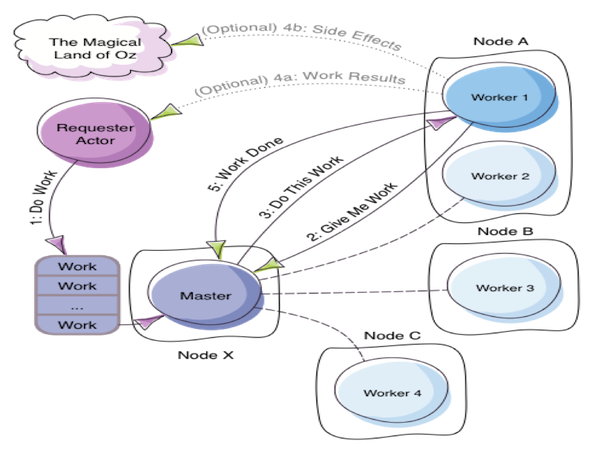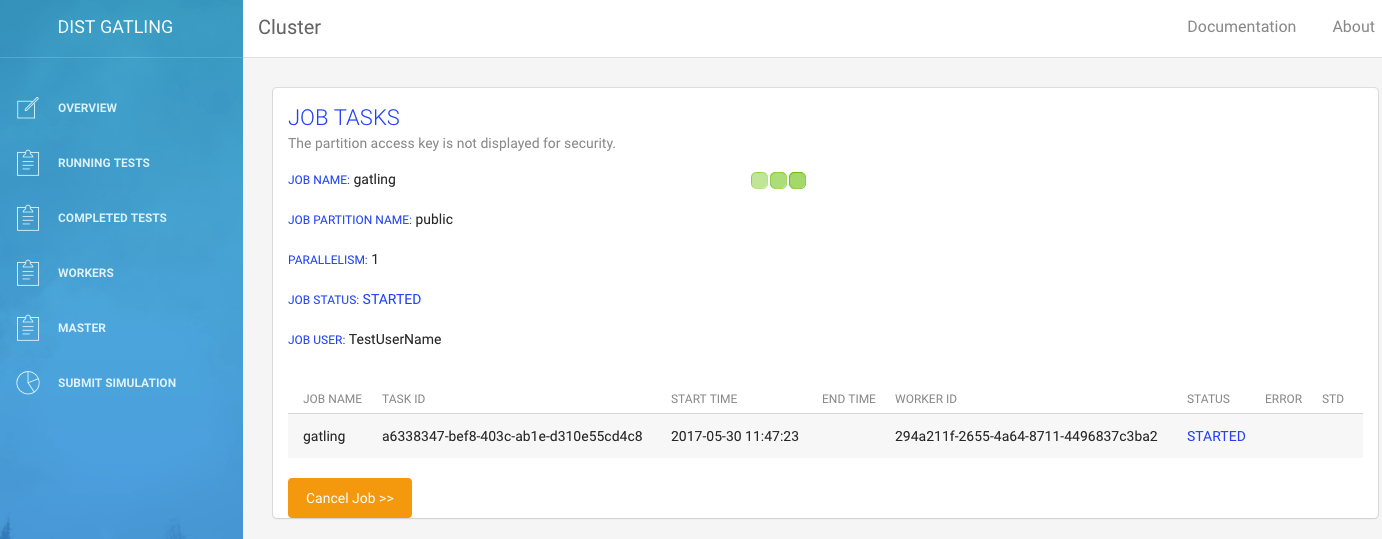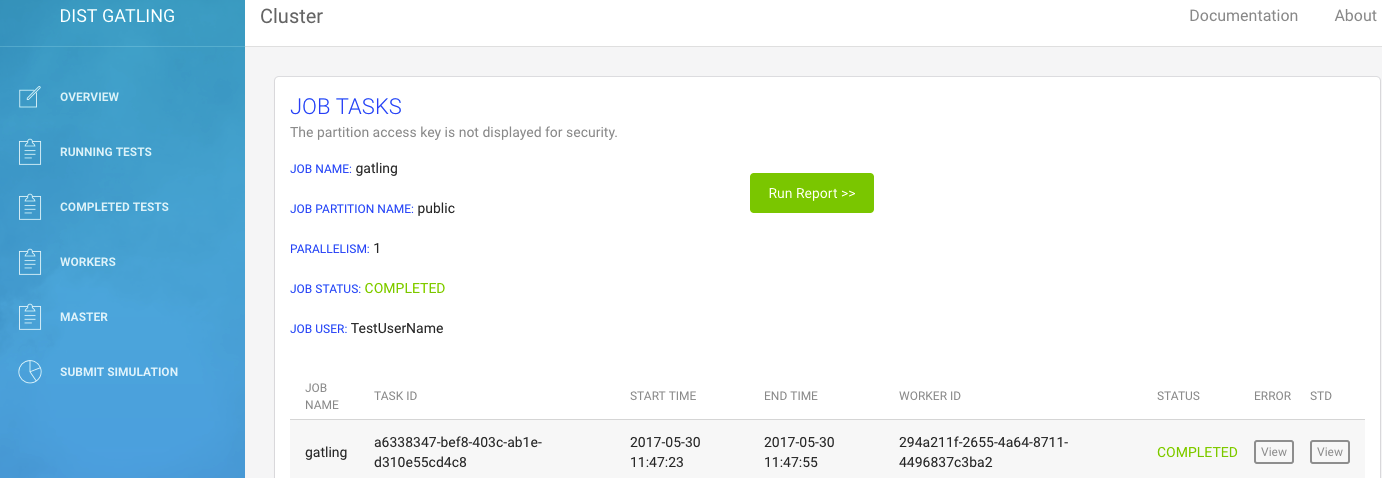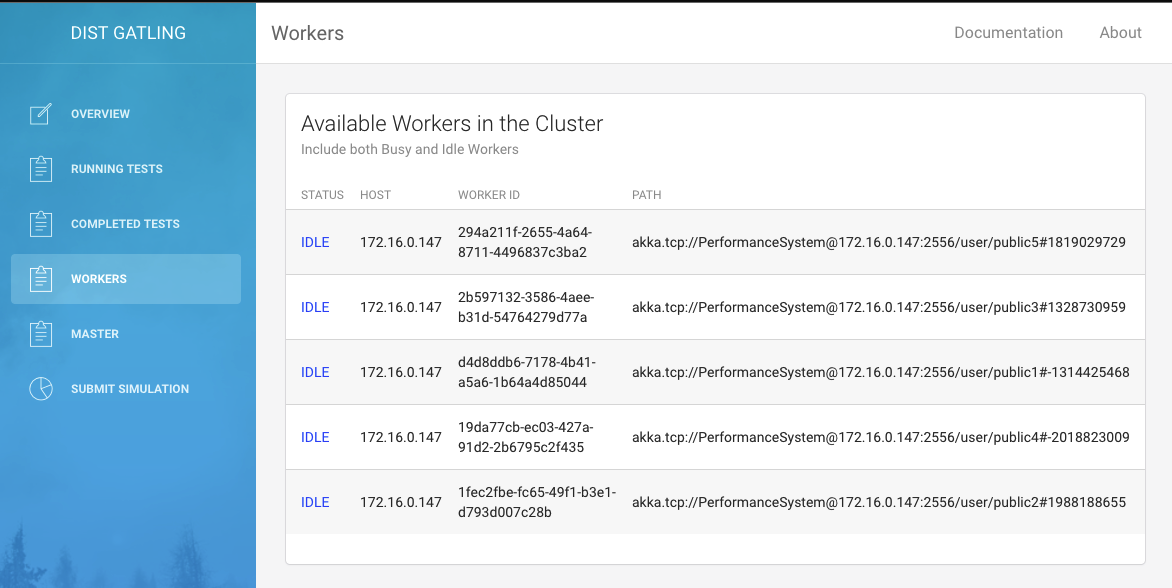Gatling is a highly capable load testing tool. It is designed for ease of use, maintainability and high performance.
Out of the box, Gatling comes with excellent support of the HTTP protocol that makes it a tool of choice for load testing any HTTP server. As the core engine is actually protocol agnostic, it is perfectly possible to implement support for other protocols. For example, Gatling currently also ships JMS support.
The Quickstart has an overview of the most important concepts, walking you through the setup of a simple scenario for load testing an HTTP server.
Having scenarios that are defined in code and are resource efficient are the two requirements that motivated the development of Gatling. Based on an expressive DSL, the scenarios are self explanatory. They are easy to maintain and can be kept in a version control system.
Gatling’s architecture is asynchronous as long as the underlying protocol, such as HTTP, can be implemented in a non blocking way. This kind of architecture lets us implement virtual users as messages instead of dedicated threads, making them very resource cheap. Thus, running thousands of concurrent virtual users is not an issue tool.
Sometimes, generating some very heavy load from a single machine might lead to saturating the OS or the network interface controller.
In this case, you might want to use several Gatling instances hosted on multiple machines.
Gatling doesn’t have a cluster mode yet, hence the need for this project.
Distributed Gatling is a walmart Technology in house solution that was created to enable developers and QA engineers to run gatling simulation tests in a distributed/cluster environment.
The solution is cloud native and has two components, Cluster Master and Cluster Worker.
The overview section displays information about partition status across the cluster,worker task slots distribution by host and task slot distribution by partition
The Cluster Master provides users interfaces and REST API's for basic operation related to running , tracking and consolidating performance reports, Master is also responsible for
- Handling user request
- Tracking and monitoring the health of Cluster Workers
- Submitting Gatling simulation tasks to distributed workers
- Tracking the progress of distributed tasks
- Collecting and Aggregating performance reports
- Providing a system of records for multiple simulation history
- Maintaining repository for simulation and data files
Different projects could share the same cluster and run side by side on the same cluster with complete isolation
After joining the cluster, CW workers are responsible for - Running performance tests - Pulling Simulation and data files from the master - Proving a streaming REST end points for error logs , std logs and simulation logs
Download Gatling bundle as a .zip file here. Unzip the file in a directory of your choosing.
After cloning or downloading the repository of distGatling ,follow the following steps to start the cluster
1. Update the application.yml file settings (gatling-rest and gatling-agent)
job:
path: "/workspace/gatling-charts-highcharts-bundle-2.1.7" # Path to the base directory where the gatling lib, simulation, data, and conf are stored
logDirectory: "/workspace/gatling-charts-highcharts-bundle-2.1.7/" # Base directory for log files(log/error and log/std)
command: "/bin/bash" # Base command to run gatling.sh file
artifact: "/workspace/gatling-charts-highcharts-bundle-2.1.7/bin/{0}.sh" # Path for the location of gatling.sh
jobDirectory: /workspace/gspace/ # directory to store artifacts temporarily, only applicable for agents
2. Open terminal window and run
mvn clean package
3. Locate the master shell script(under gatling-rest) and run master.sh to start the Cluster Master, take a note of the master ip and port
/bin/bash master.sh -Dmaster.port=<2551> -Dserver.port=<8080>
After starting the master using the above command, point your browser to GET http://localhost:8080/ to access the web page.
4. Locate the agent shell script(under gatling-agent) and run agent.sh to start the Cluster worker on each node you intend to include in the cluster, each worker should be assigned the correct master contact point
/bin/bash agent.sh -Dakka.contact-points=<MASTER_HOST>:<MASTER_PORT> -Dactor.port=<0> -Dserver.port=<8090>
The design of distributed gatling is based on Derek Wyatt's blog on Work pulling pattern and has the following goals:
- Provide a mechanism for the master to detect death of workers and reassign work if need be
- Dynamic workers to allow for auto scaling, up/down
- Message that is delivered to Master is durable
Multiple teams across your enterprise can share the same cluster, each worker/agent is given a role name via actor.role config property or -Dactor.role parameter. When you submit a distributed simulation task you must provide a valid worker role, this allows the system to run the simulation task on the pool of workers labeled with the same role name. We recommend labeling all your workers with the same name initially and resort to partitioning your workers only when multiple teams start stepping on each other foot.
Workers pull instructions from the master, the master keeps track of which instruction is consumed by which worker. The instructions could assume one of the following forms:
- FileRequest
- WorkRequest
- AbortRequest
- RegisterRequest
The master does not actively assign instructions to any worker but instead workers pull the next task when they are idle. If a worker is busy it will not be issued a new task. Once the master assigns simulation task to a worker, workers are required to report task progress to master every predefined time interval. If the master does not receive a progress heart beat for simulation task, it assumes the worker is dead and reassigns the task to a different worker. In addition to marking the worker as dead and the job as failed, the master also removes the worker from the active list of workers. If the worker become alive after recovery it should re-join the cluster and re-register with the master.
Start a distributed simulation task - users provide the worker pool to use, the simulation file to run and number of parallel tasks
Track the progress of a distributed simulation task on the cluster, after all the distributed tasks complete a button will appear on this page to allow you generate and view the gatling report
Running a simulation that is packaged into an uber jar is now supported via gatling-client(https://github.com/Abiy/distGatlingClient)
Update config.yml with the necessary configuration
Use the following command to submit your uber jar to cluster
/bin/bash dist-gatling-client.sh -Dclient.userName=user -Dclient.parallelism=1





